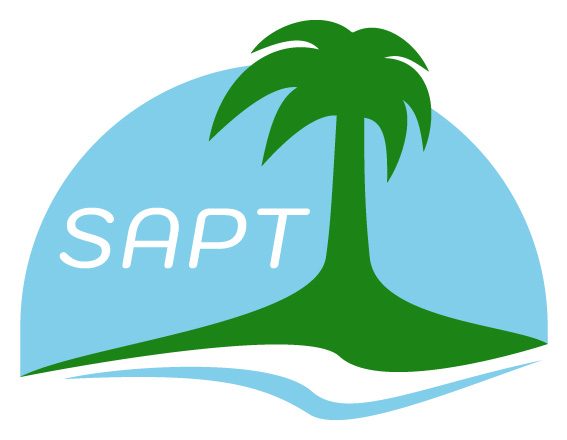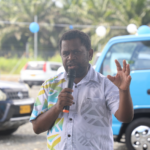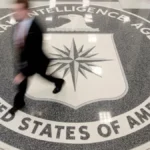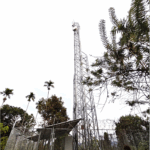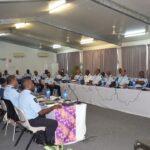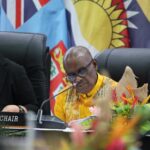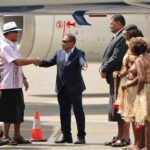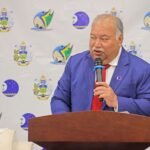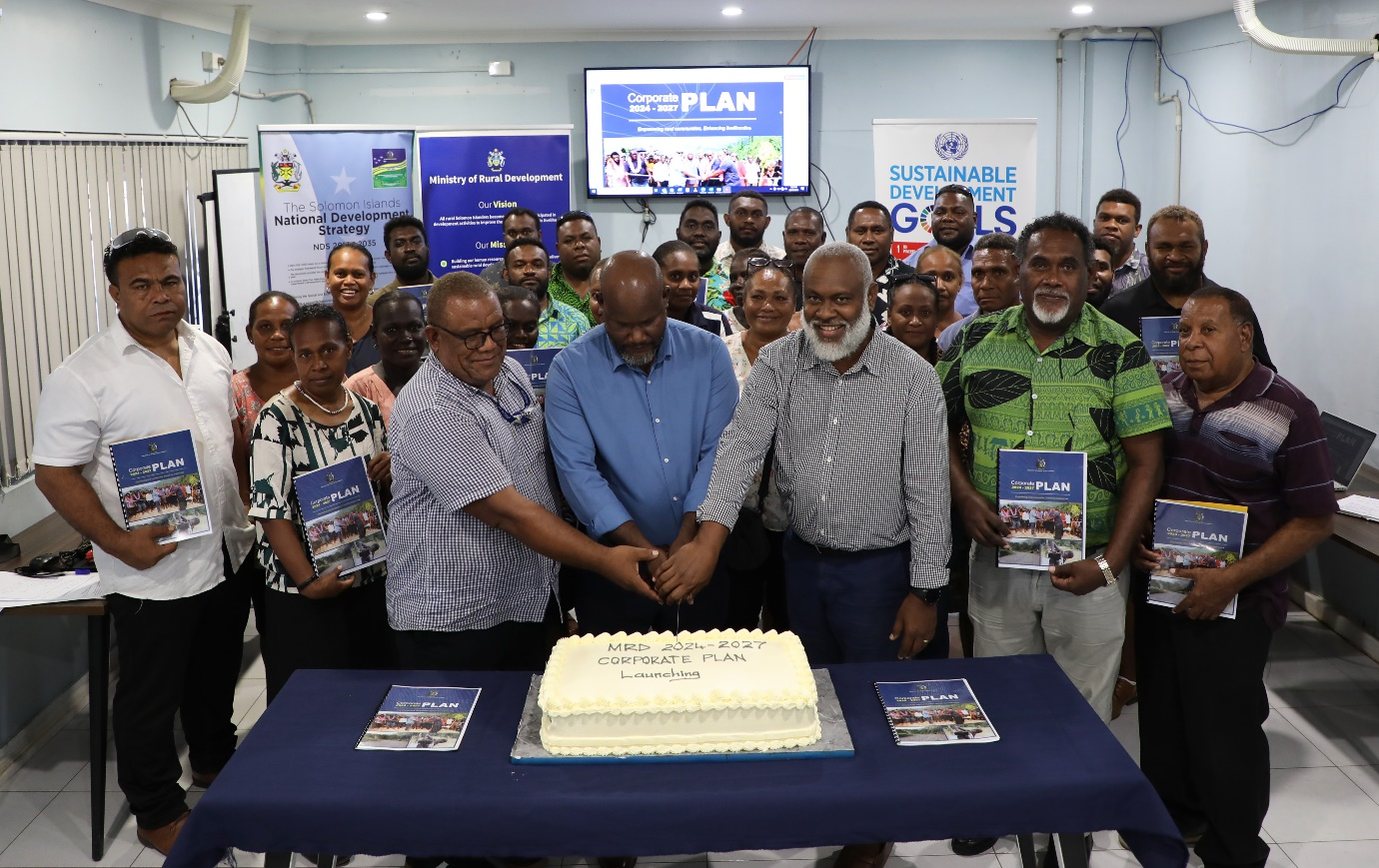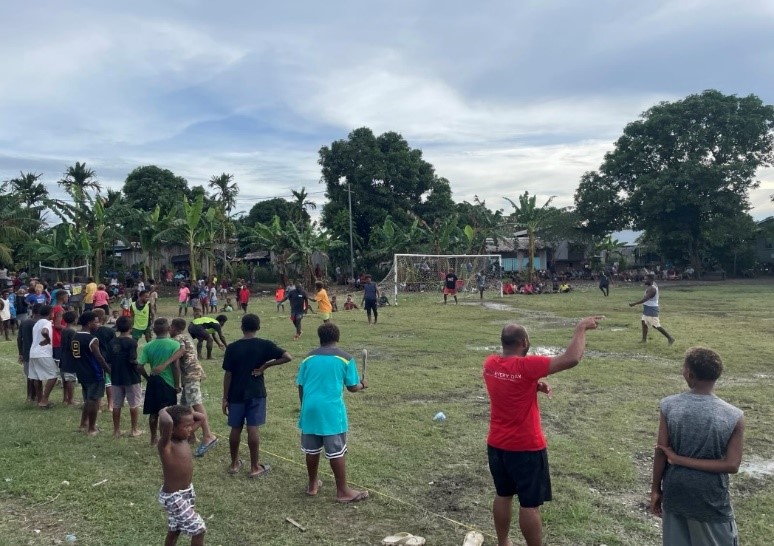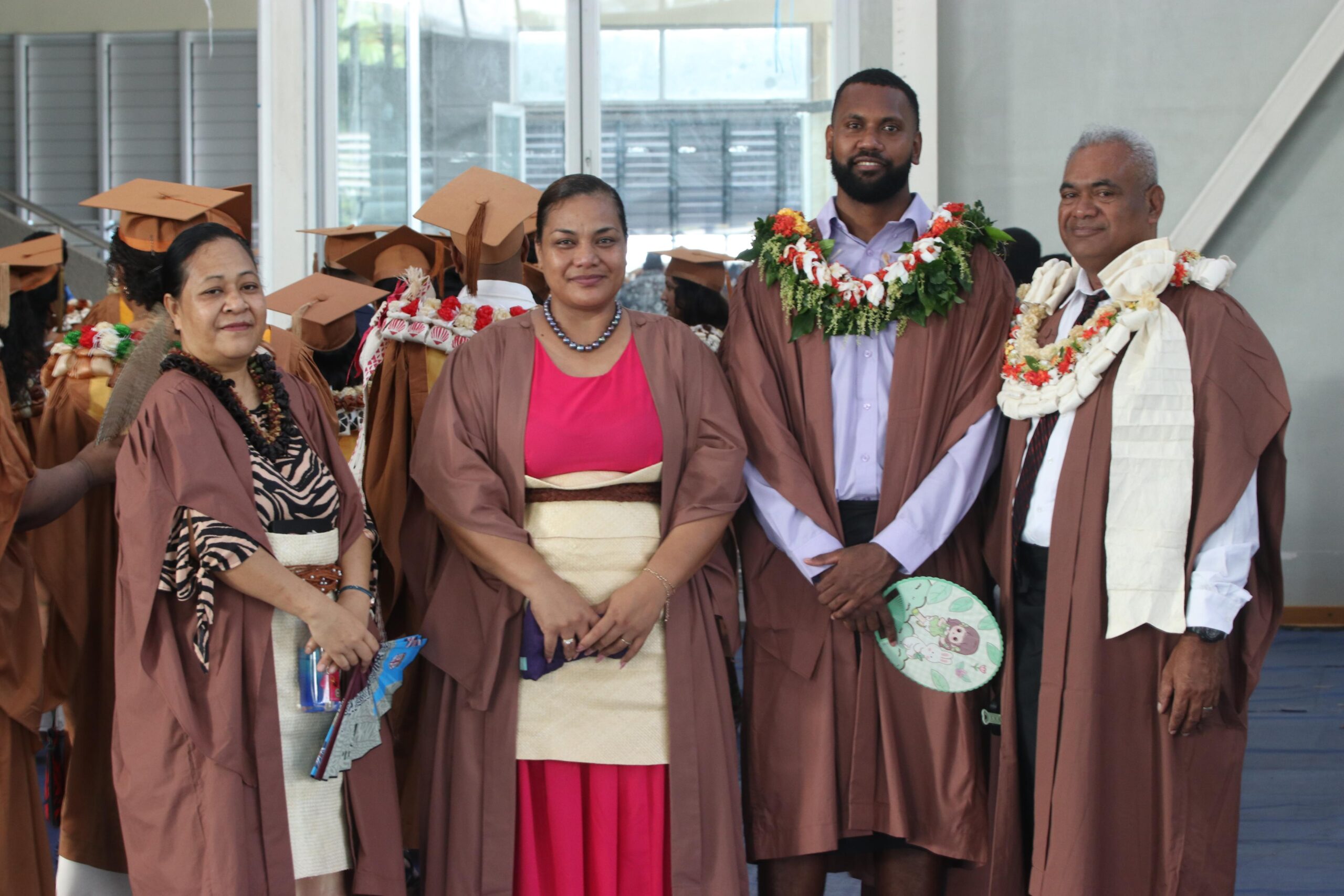Dr Li Dianmao, Acupuncturist, Master of TCM, Physician, Department of Acupuncture Affiliated Hospital of Guizhou Medical University.
AS we have discussed in the last issue, rehabilitation therapy after a stroke is a long-term process aimed at helping patients regain functionality, improve quality of life, and minimize disabilities as much as possible. However, due to health care and medical services variety in different regions, the options for rehabilitation therapy may be limited. In Solomons Islands, except for acupuncture treatment as we suggested before, here are some common modern therapies for stroke rehabilitation recommended:
1. Physical Therapy (PT):
Physical therapy helps patients regain muscle strength, flexibility, and balance. Patients do exercise and physical training regularly under the guidance of physiotherapists will aid in restoring walking and daily activity capabilities.
2. Speech Therapy (ST):
Speech therapy assists patients in recovering language skills, speech fluency, and swallowing function. In speech therapy, physiotherapists provide oral and throat muscle training for patients to improve their swallowing function and communication abilities.
3. Occupational Therapy (OT):
Occupational therapy involves patients relearning daily activities such as dressing, bathing, and eating. It offers training in daily living skills and provides recommendations for assistive devices to enhance patients’ self-care abilities.
4. Rehabilitation Facilities:
Some patients may require specialized facilities for rehabilitation therapy from rehabilitation centers or nursing homes. In these centers or homes, patients will receive more professional and comprehensive rehabilitation services by using specialized facilities.
5. Psychological Therapy:
Psychological therapy helps patients cope with emotional changes and psychological distress, such as depression and anxiety. Patients get psychological support and cognitive behavioural therapy to help them actively address challenges during the rehabilitation process.
6. Social Support:
Working together to cope with challenges and difficulties during the rehabilitation process, related health organizations should provide social support and rehabilitation resources to help patients and their families. Offering information and guidance ensures that patients can access appropriate rehabilitation services and support.
7. Medication Therapy:
Depending on the patient’s specific condition, doctors may prescribe medication to help manage the aftermath of a stroke, such as muscle spasms and depression.
8. Family Rehabilitation:
Family members play a crucial role in the patient’s rehabilitation process providing support, encouragement, and supervision to help patients regain functionality.
In conclusion, stroke rehabilitation therapy is multidisciplinary and requires collaboration from different health providers such as internal medicine doctors, acupuncturists, physical therapists, speech therapists, occupational therapists, and psychologists. And most of all, our family members’ support plays a crucial role in patients’ functional recovery and improving their quality of life.
(Translated by HUANG BAILIN, International Office, Guizhou Medical University)
